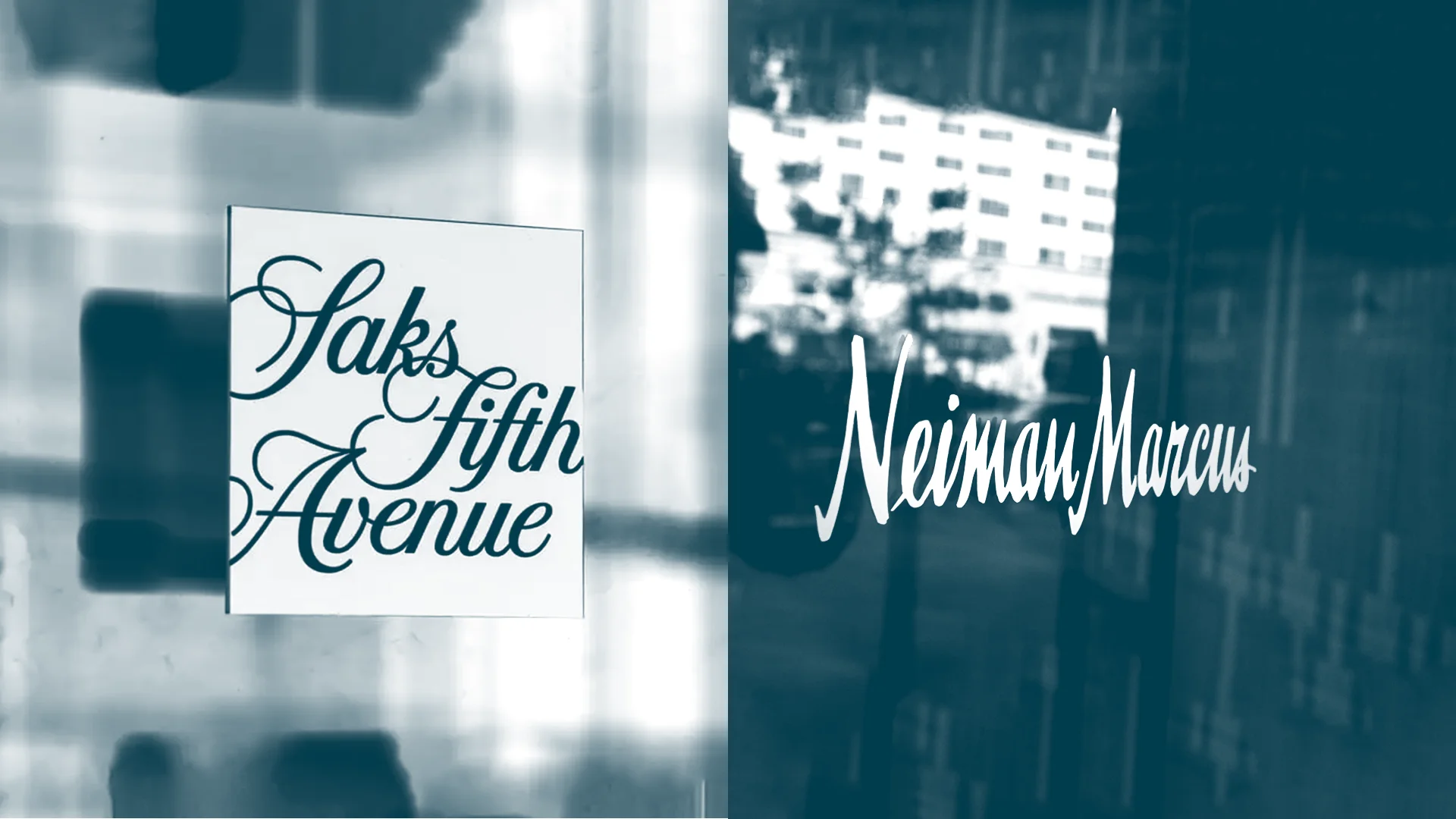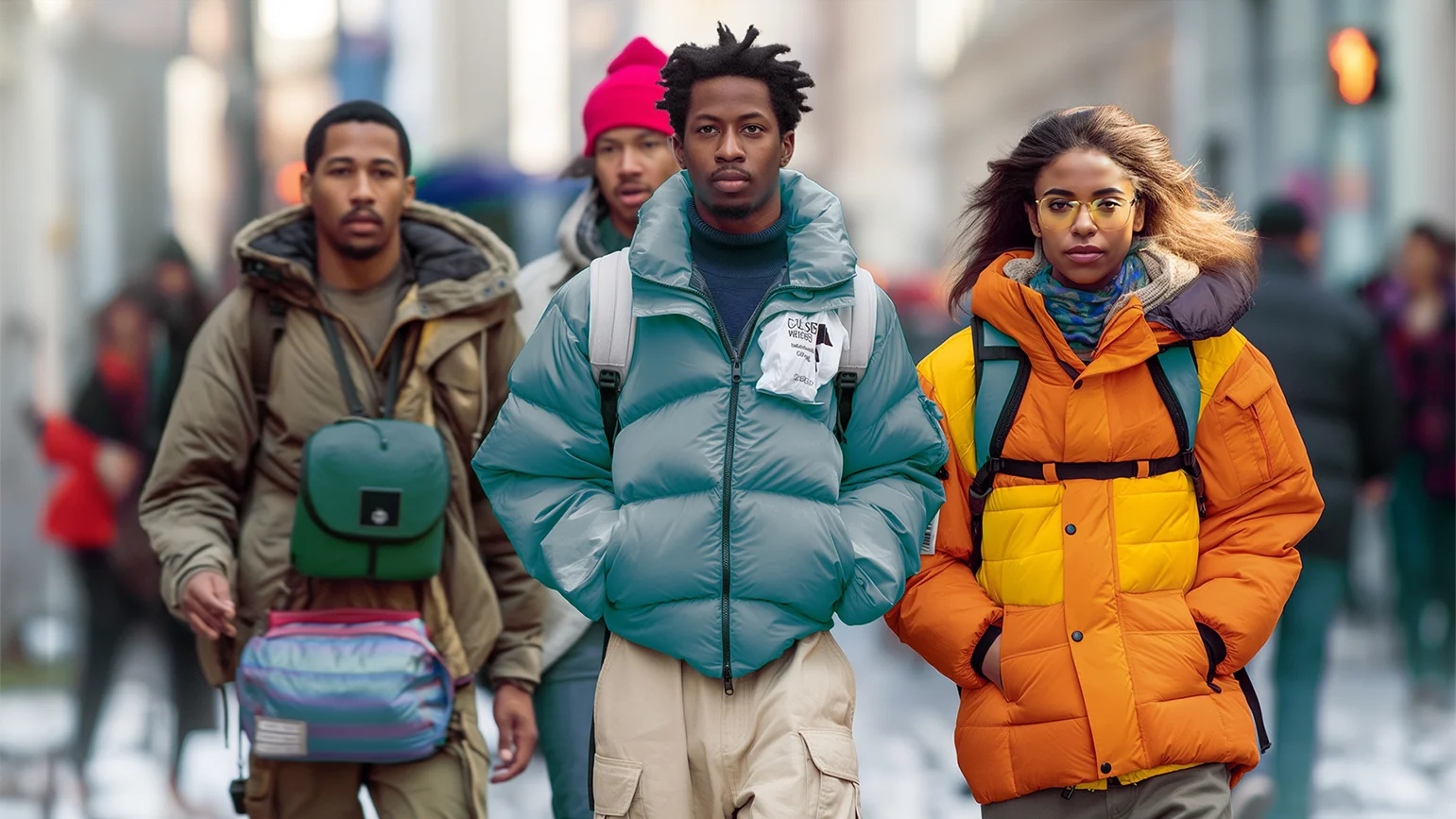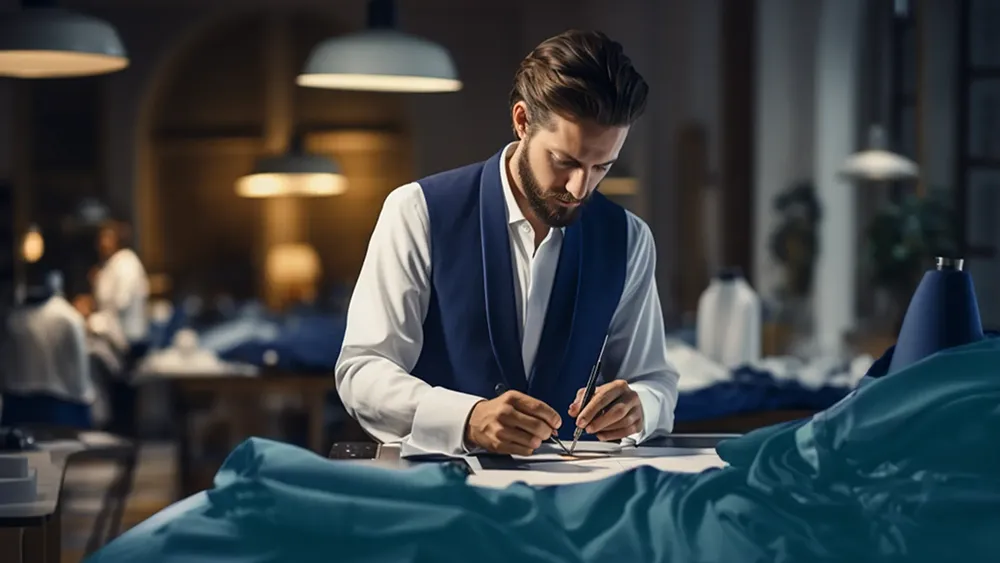The Big Retail Convergence
We are seeing two key trends in retail. On the one hand, traditional retailers are branching out into digital platforms to create an omnichannel strategy. Many luxury brands are still experimenting and evolving their strategy to achieve omnichannel seamlessness.
On the other end of the spectrum, we see many luxury DTC brands entering retail to increase their physical footprint. In addition to traditional stores, they are launching pop-ups in strategic and iconic locations around the world. Many brands are also partnering with existing retailers to bring capsule collections or product launches into showrooms and stores.
These two opposing trends put together have created what is essentially a big retail convergence. The reason is that brands feel an imperative to meet the customer where the customer is: which is everywhere.
In an increasingly complex and uncertain business environment, brands must double down on their efforts to reach wider target groups. The new retail playbook is a two-way street: pure retail players are scaling up by investing in technology to allow them to compete as omnichannel players, while digital brands seek physical presence by investing in brick-and-mortar.
Here are two examples of both trends:
- Cartier was one of the early adopters of digital, both in terms of e-commerce and phygital (ways to merge physical and digital channels). They aimed to bring the brand to customers by using Augmented Reality and other technologies to match the physical experience in-store.
- Allbirds, a sustainable luxury sneaker brand, started as a DTC brand. It has since been rolling out its physical presence through wholesale and with several dozen store openings across the US, to further engage customers with the brand.
Consequently, executive talent is flowing from tech to traditional brands and vice versa. Brands realize that they can strengthen their positions by recruiting talent with experience in other channels. In 2008, Angela Ahrendts, then CEO of Burberry, became Apple’s retail strategy head. Warby Parker brought on J. Crew veteran Sandy Gilsenan as VP of Retail. By contrast, LVMH hired Ian Rogers, an Apple Music executive as Chief Digital Officer.
Irrespective of the channel, experiences need to mirror one another to form a coherent, seamless, and universally understood brand message. Customers in this eco-system expect homogeneity across all channels, including social media, e-commerce, live streaming, in-store, or in the metaverse.
From a CX point of view, the challenge is to design a seamless omnichannel experience while staying true to the brand and its message. It must also be adapted to local and regional specificities. At CXG, we help luxury brands do just that!



